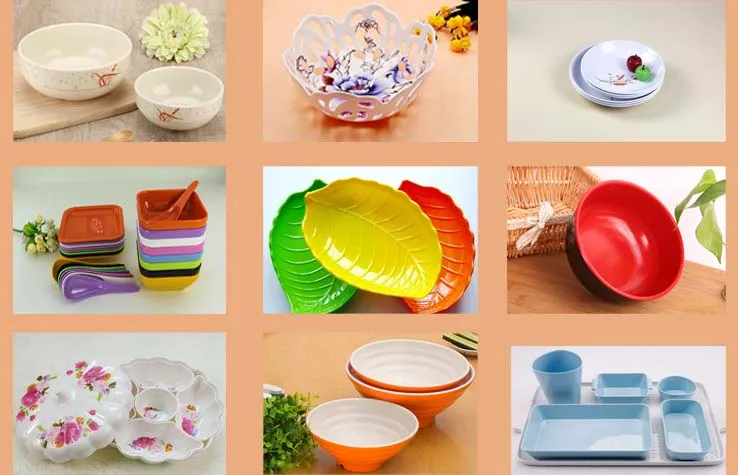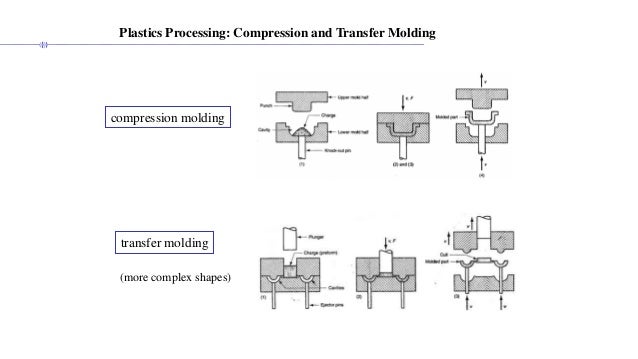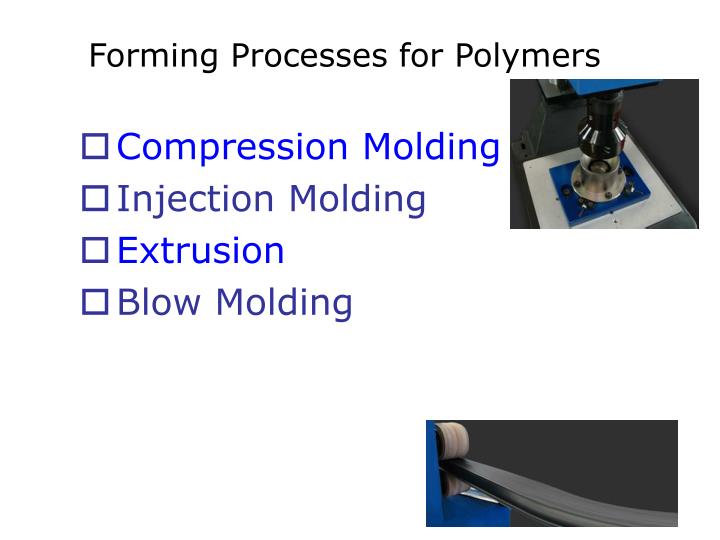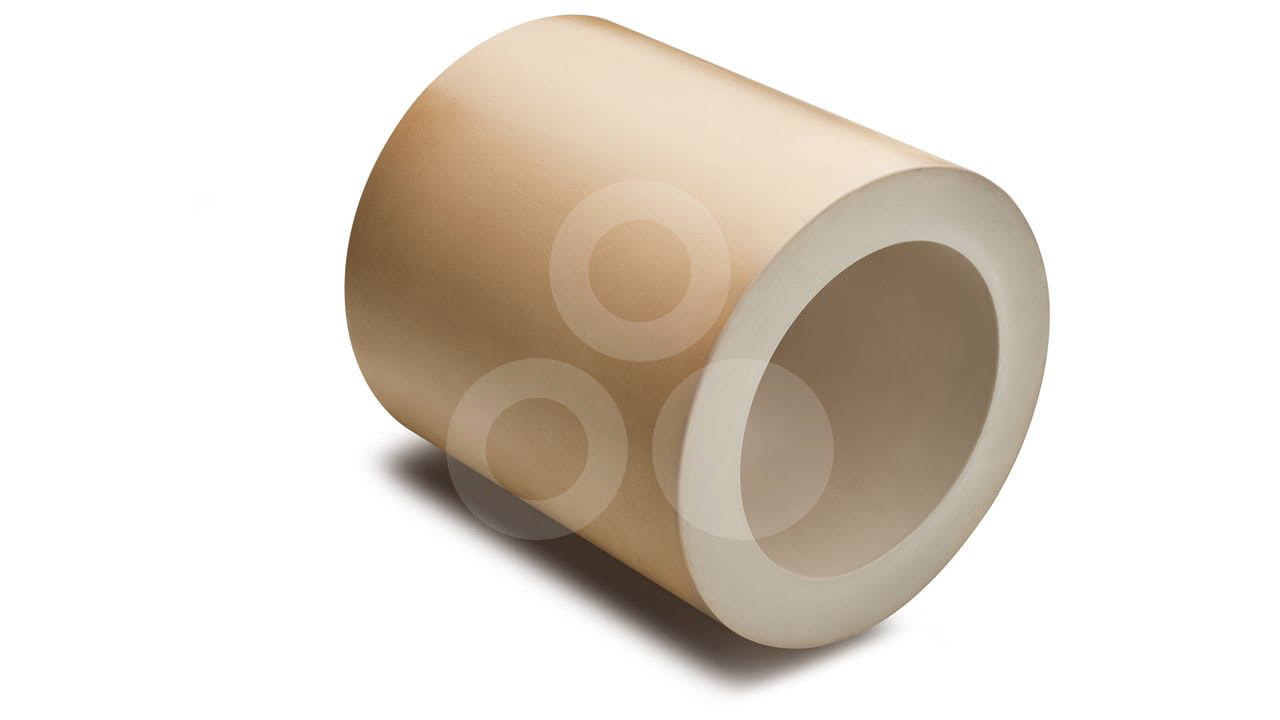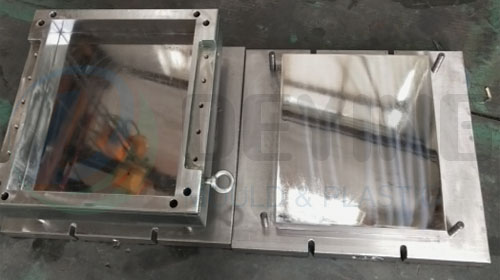Compression Moulding Ceramics

The mould is closed with a top force or plug member pressure is applied to force the material into contact with all mould areas while heat and pressure are maintained until the moulding material has cured.
Compression moulding ceramics. The widespread use of this process has been hampered by the lack of its fundamental understanding. Melamine kitchenware bowls cups and similar products is often made with compression molding. This process is conducted in a compression mold and is traditionally used for the molding of. Compression molding is a common process used for both thermoplastic and thermoset stock shape materials.
Compression moulding is a method of moulding in which the moulding material generally preheated is first placed in an open heated mould cavity. Design guideline for ceramics compression molded general 1. Round parts have a lower tooling expense than other shapes. The process is someone similar to making waffles.
Compression molding is one of the least expensive ways to mass produce products. Ceramics and thermoset plastics such as melamine and phenolics and fiber composites and cork. This research is a part of the ongoing effort to understand some of the issues related to the process. More specifically the molding mass can be subjected to compression in a few distinct steps.
The fundamental classification of methods used for the compaction and molding in ceramics. Avoid undercuts that require split molds. The polymer is melted mixed and homogenized inside a plasticizing unit. Compression molding is a high pressure molding process.
Compression molding of glass aspherical lenses has become a viable manufacturing process for precision optics. Hand and spray lay up molding and transfer molding. Avoid large variations in thickness of cross sections. The pressure applied to each mold can reach values of about 400 kg cm2.
Compression molding is the process of applying heat to a base plastic resin using hydraulic pressure to create a basic shape. This occurs when the heat melts the resin and subsequent pressure forces the malleable liquid into a particular mold. A device draws doses of polymer in the exact weight of the product and inserts them into the molds. Since the plant of lmi is very close to the italian industrial district for the production of tiles and ceramic the company is very close to the companies operating in this.
Advantages of compression molding. Though objects can be made in a variety of ways many manufacturers choose compression molding due to its cost effectiveness and efficiency. Homepage presses for moulding of ceramic and rubber coating of moulds lmi is specialized in the manufacturing of presses for the industries of ceramic parts and tiles. Compression molding is accomplished by placing the plastic material can be a granular or pelletized form in a mold cavity to be formed by heat and pressure.
Technical ceramics should be designed with a configuration as simple and regular as possible.
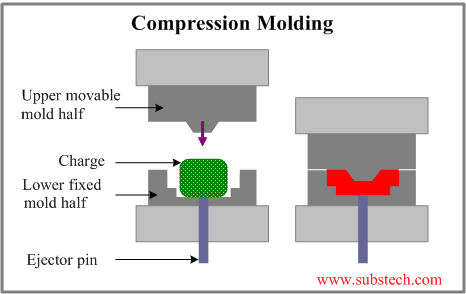





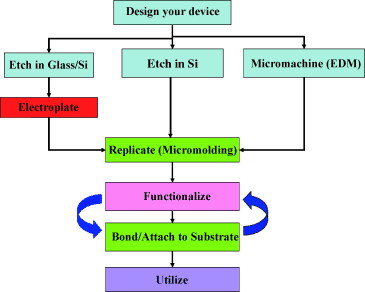

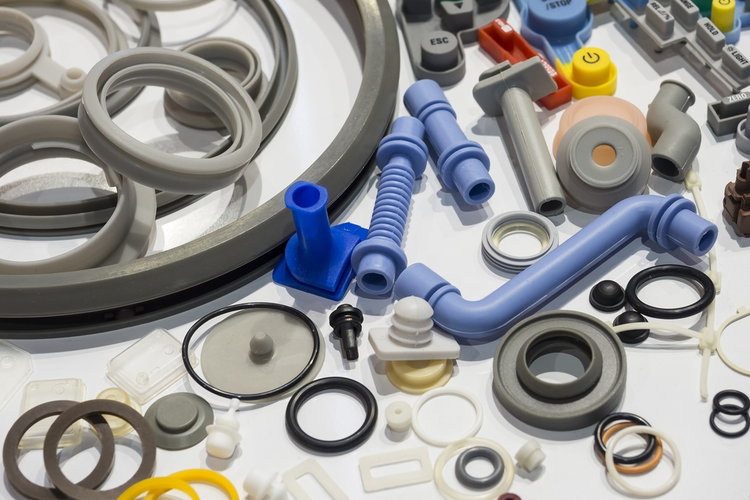


.jpg)





